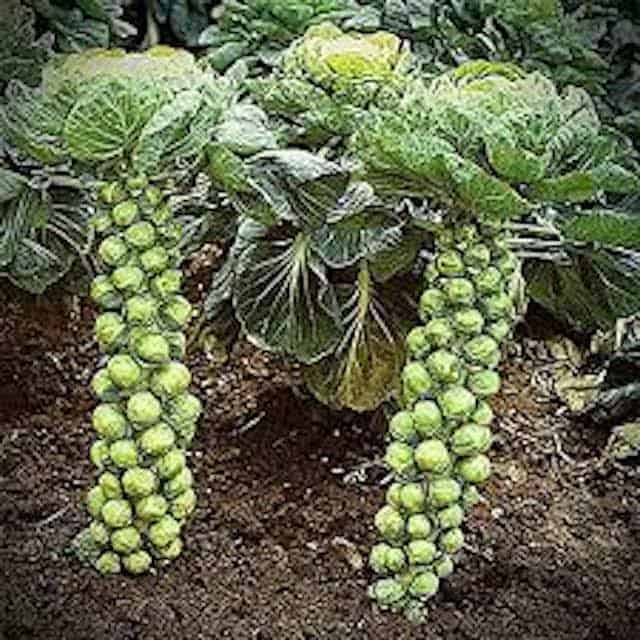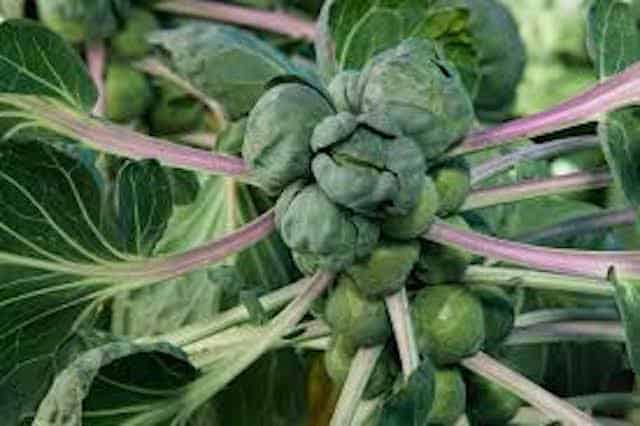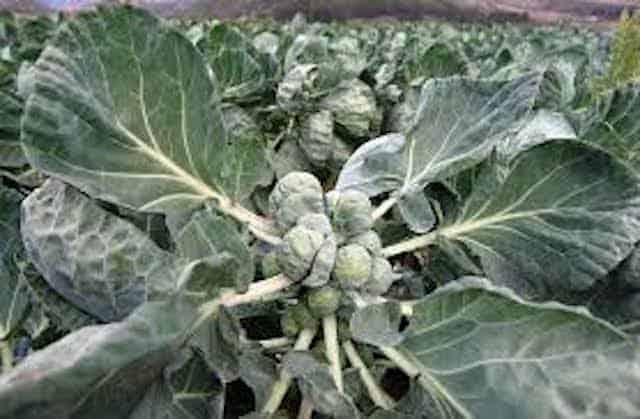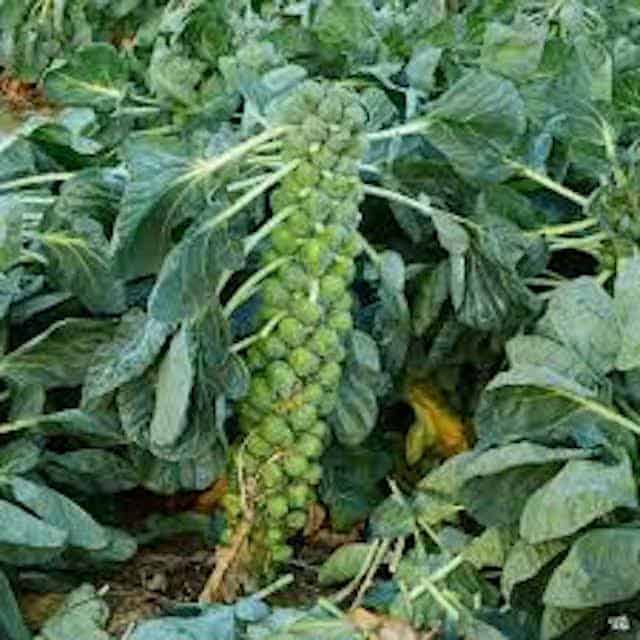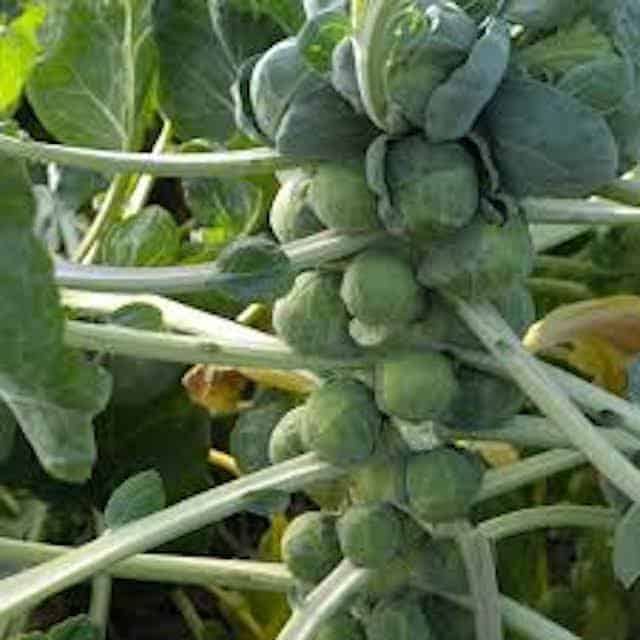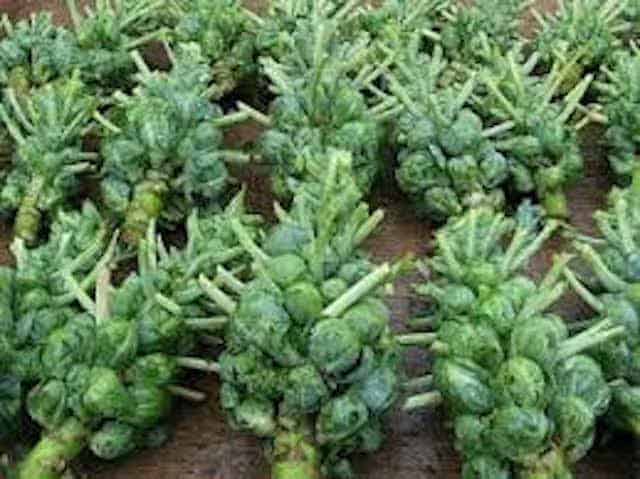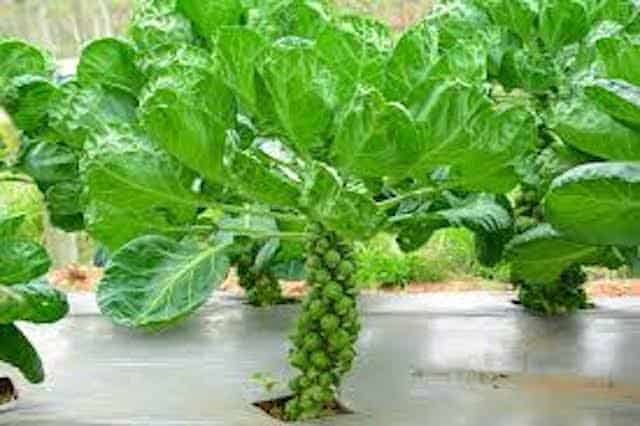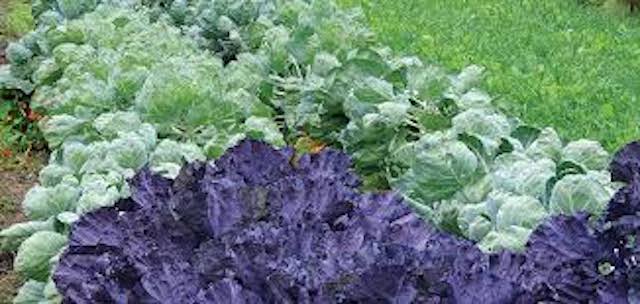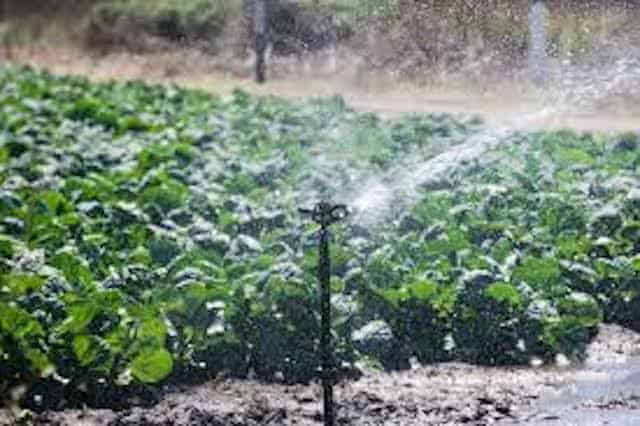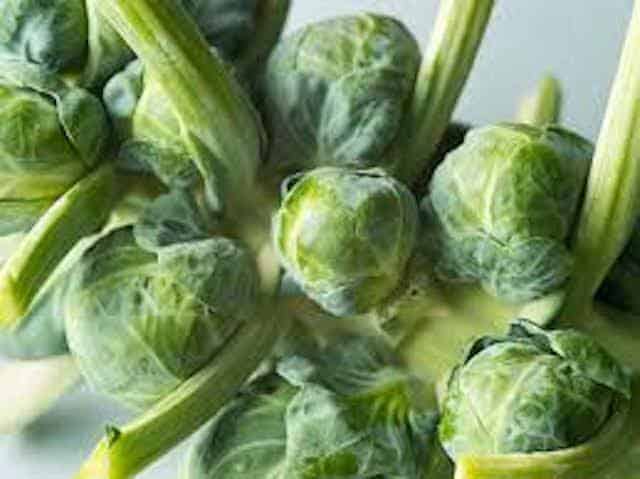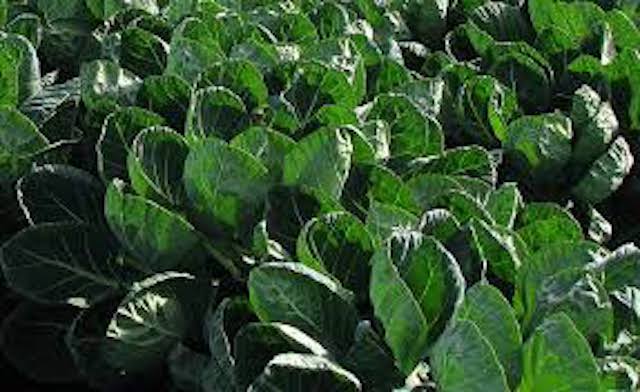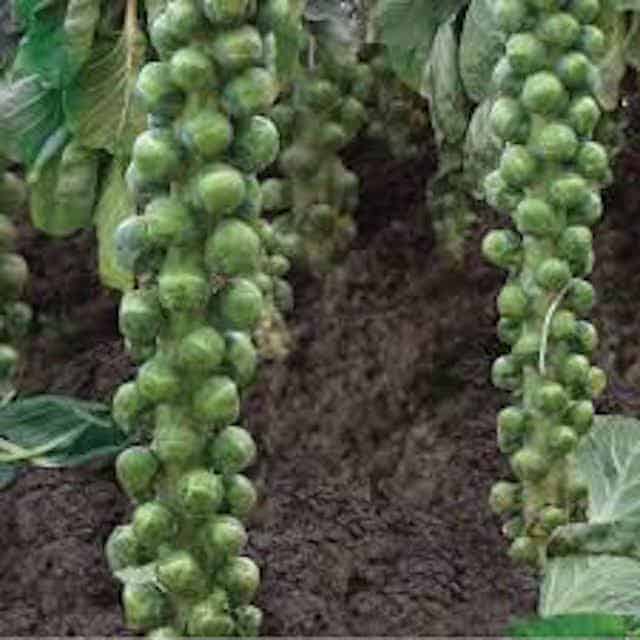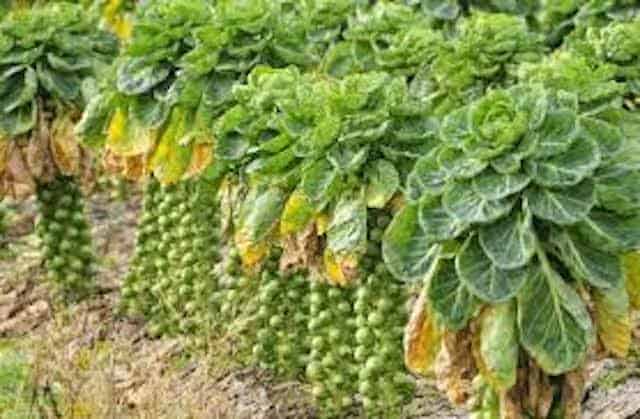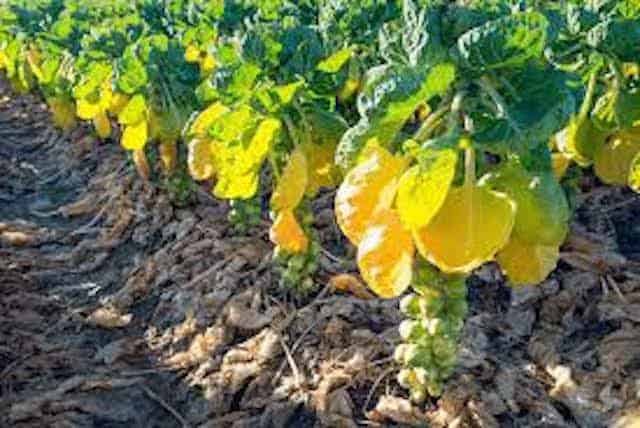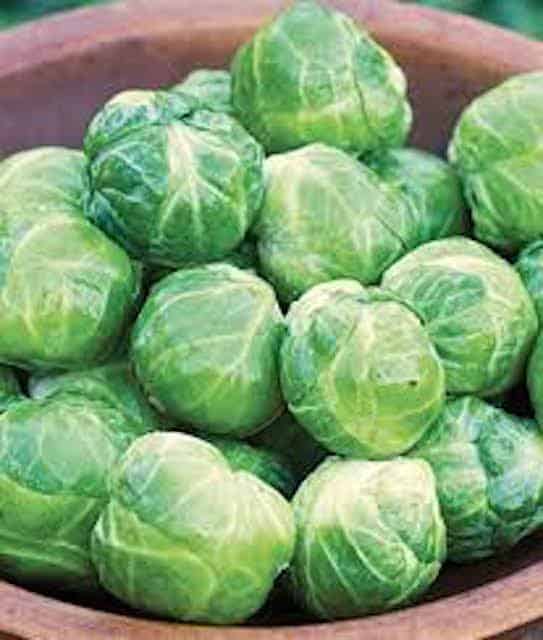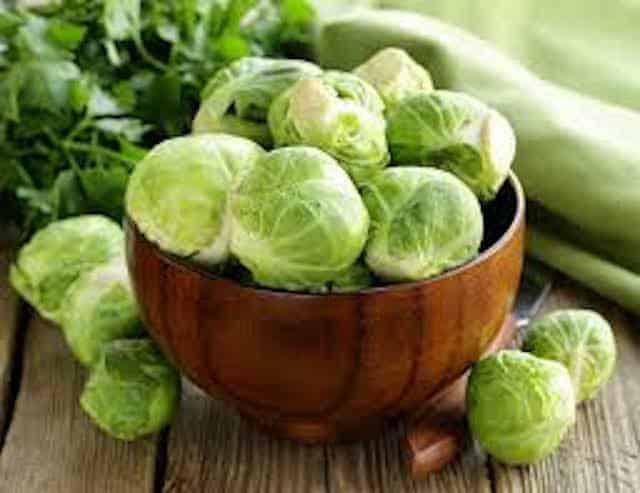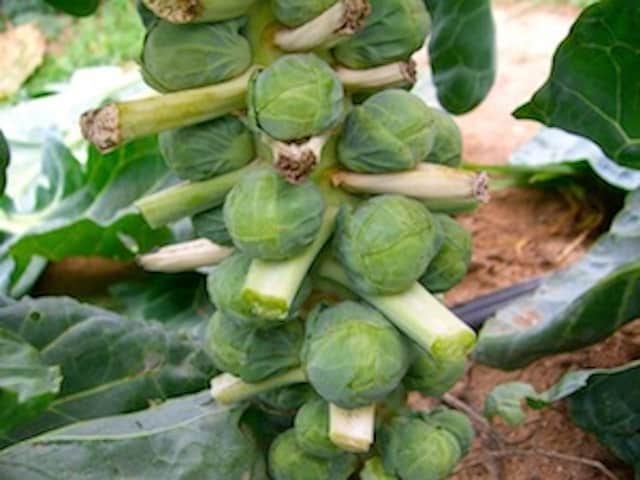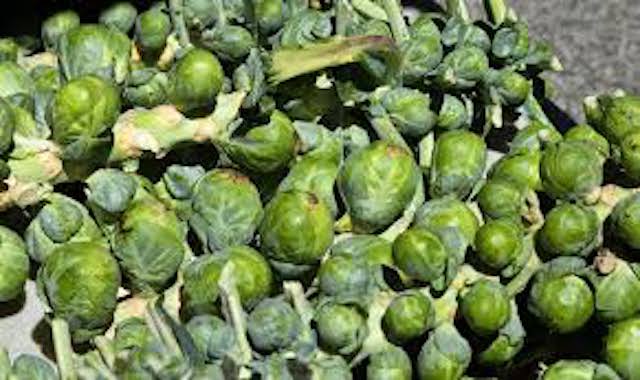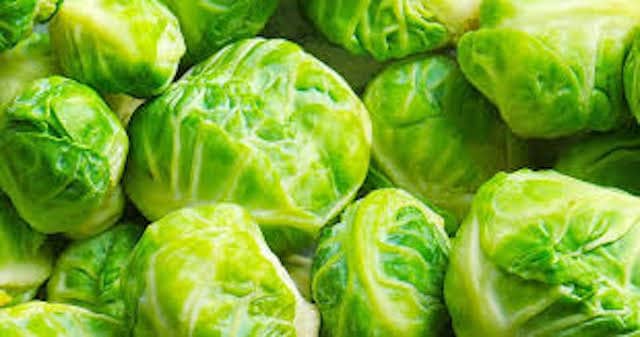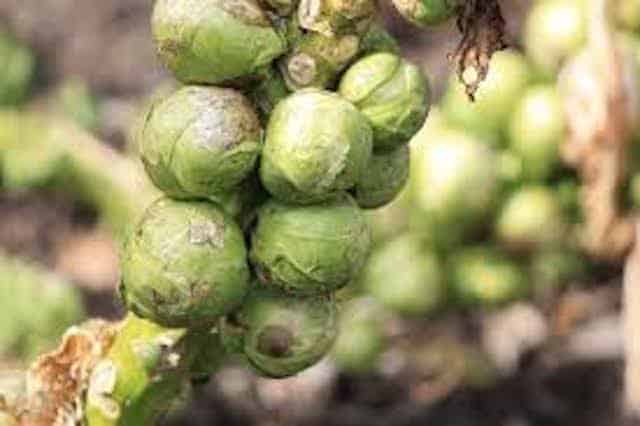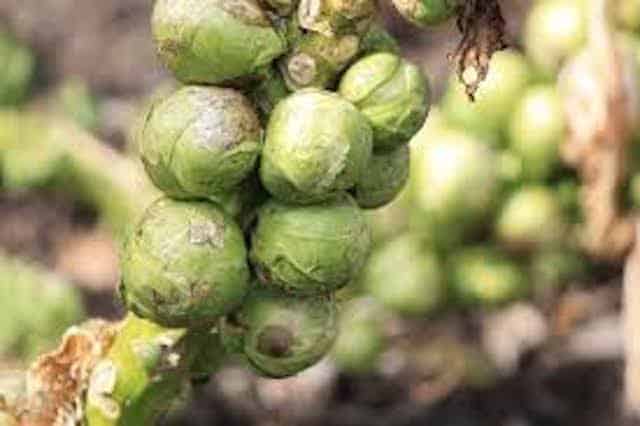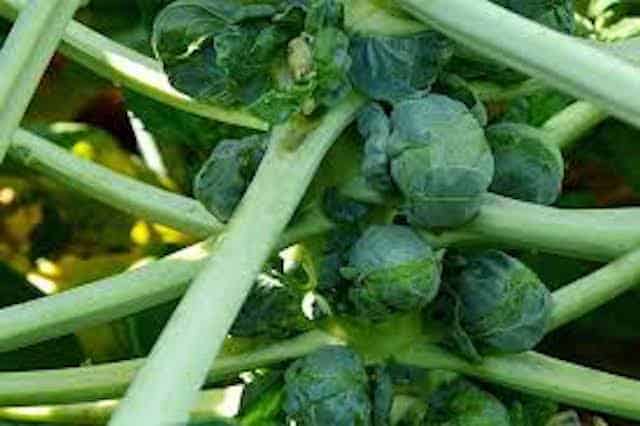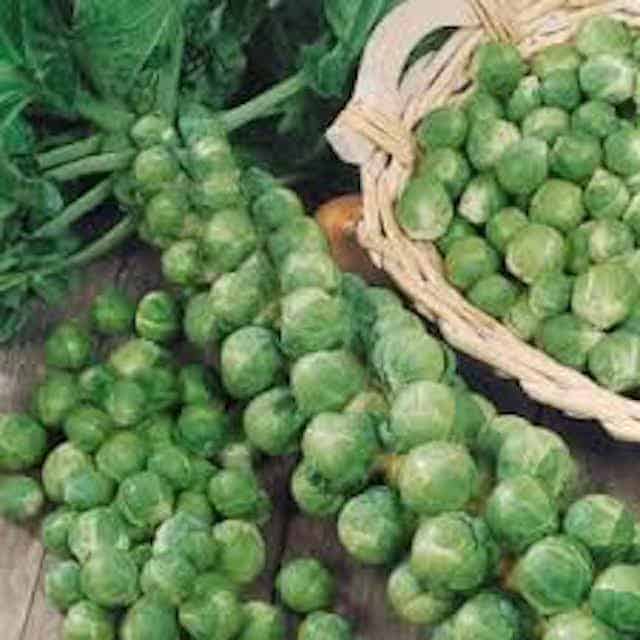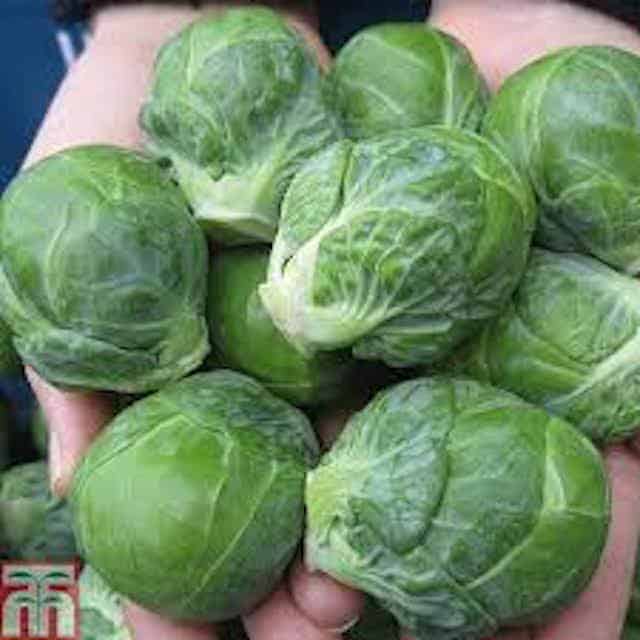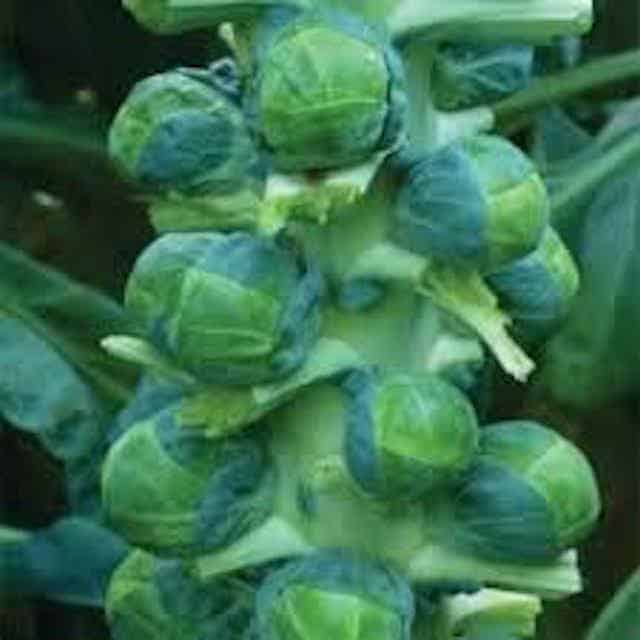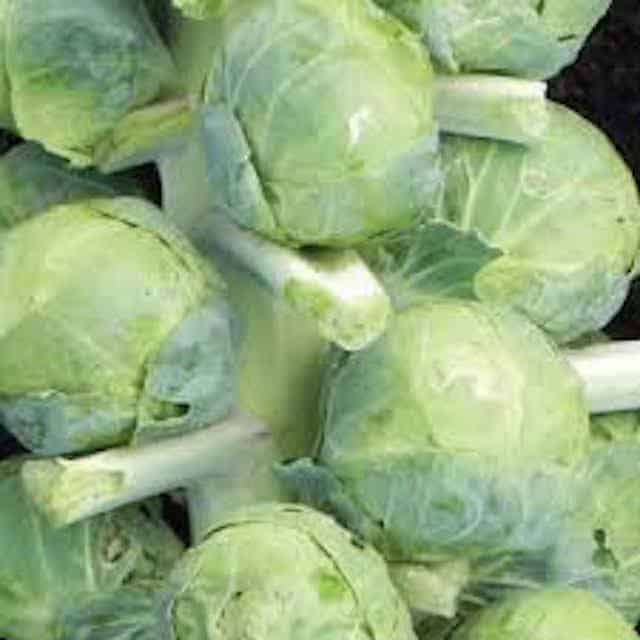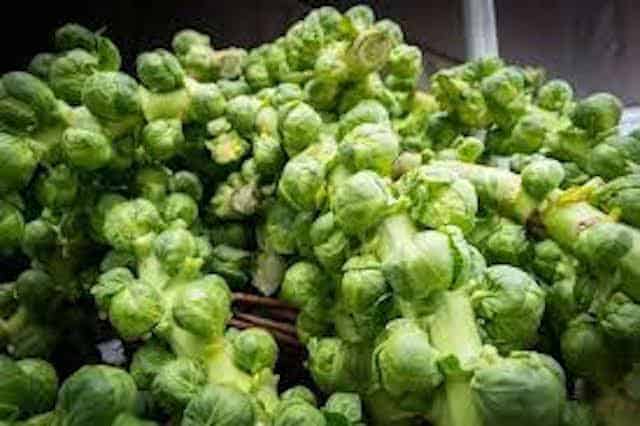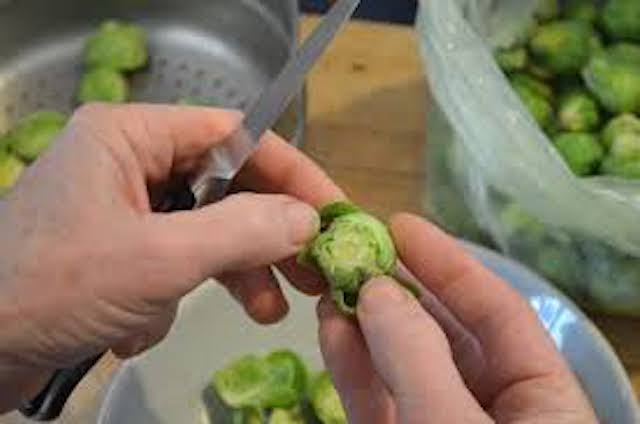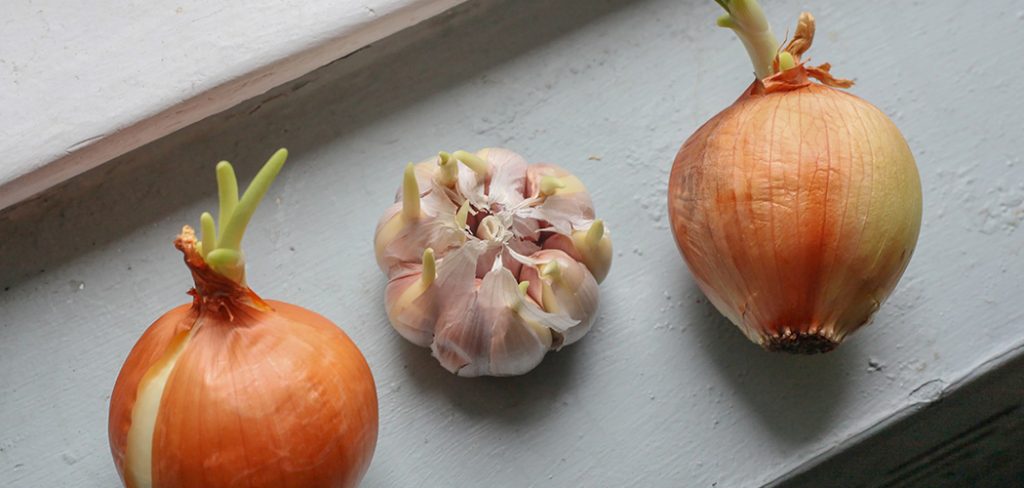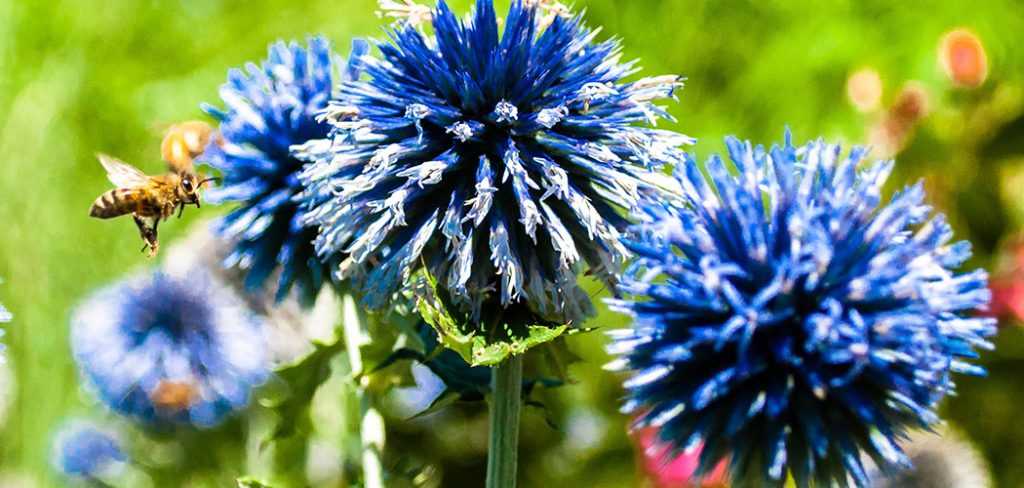Brussels Sprouts belongs to a member of the family of cabbage. It is an excellent source of vitamins and protein. This plant requires a growing season of 80 or more than 80 days before it becomes ready for harvest. Growing this plant needs cold weather. The climate ideal for growing is a fog belt, so it grows well in the Pacific Northwest, but it can also grow in any country. To make it easy for you to grow Brussels Sprouts, follow the growing guide for Brussels sprouts below:
Timing of Planting the Brussels Sprouts
Since this plant requires a long growing season, it is advantageous if you will plant it with a harvest in mind during fall or winter. To determine the time that you need to plant, count backward from the first date of the fall frost. Then, sow it directly to your garden four months before the date of the fall frost.
If you are in a place where there is cold winter and the temperature is freezing, plant the seeds two to three weeks before the last date of the spring to harvest in the early fall. If you are in a mild winter region, the temperature is below the freezing point, start to sow the seeds in the mid-summer to harvest in the mid-fall or winter. For places that have warm winter, the temperature is never below the freezing temperature. So, you can start the seeds in the late summer so that you can harvest in the late winter.
Planting the Brussel Sprouts
It is recommended to plant Brussel Sprouts in a raised bed since this plant likes cold season. Not only that, when the temperature keeps changing, you need to plant this in a raised bed. Include several inches of manure that has aged or a compost a few days before you plant or do the transplanting. If you like to sow directly, plant it in ½ inch deep and at a distance of two to three inches apart. Water this during the time of planting and at one to one and a half-inch weekly after that.
Caring for Brussel Sprouts
As the Brussel Sprouts grow, thin the plants at a distance of 12 to 24 inches when your plant becomes six inches tall. Apply a fertilizer rich in nitrogen after thinning the plants. Repeat this process every three to four weeks. For you to retain the moisture in the soil, keep the soil temperature cool by putting a mulch. If you grow it when the weather is hot, keep the Brussel sprouts watered. Never disturb the soil just around the plant because if you do, the roots become susceptible to damage. Remember, the roots of these plants are shallow. Remove the yellow leaves from the plants and cut off some leaves after three to four weeks. When you harvest in the winter, keeps the top leaves intact because they will protect the plant from the snow.
Pest and Disease for Brussels Sprouts
Some of the pests and diseases that Brussels sprouts experience are aphids, flea beetles, downy mildew, white mold, cabbage root maggots, clubroot, and many more.
If you enjoy my growing guide for Brussels sprouts. Check my other articles on growing vegetables. Carrots & Onions.
